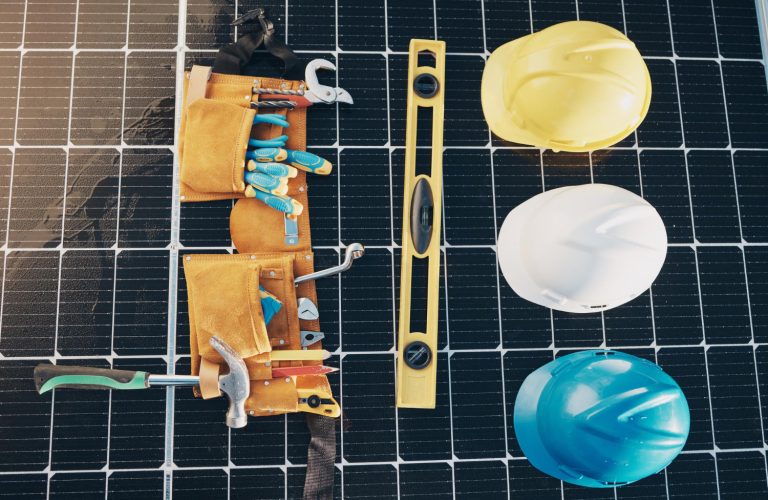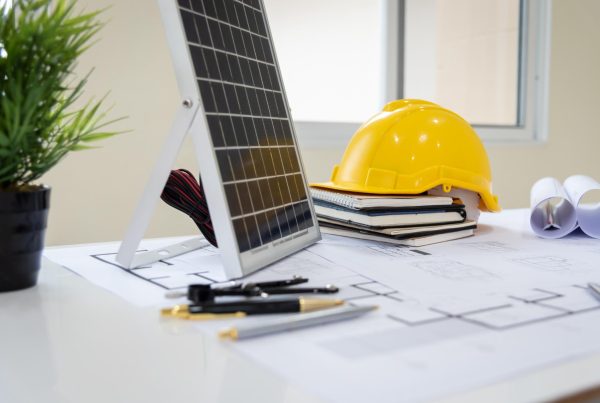
The construction industry is undergoing significant changes to align future development with achieving several Sustainable Development Goals (SDGs 9, 11, and 12), aiming to build a better environment and help reverse climate change. One of the innovative approaches the industry is gradually adopting is solar energy. In this series, we will explore all the possible undertakings in the industry, specifically in solar energy, and focus on undertaking solar projects, both locally and globally.
Solar energy has emerged as a key player in the global quest for sustainable buildings. In the construction industry, solar systems, particularly photovoltaic (PV) panels, are being increasingly integrated into building designs for both residential and commercial purposes. Solar panels convert sunlight into electricity, reducing dependence on traditional energy sources, lowering carbon footprints, and leading to substantial long-term cost savings.
Globally, buildings that utilise solar power have become more than energy-efficient structures, they are icons of sustainable architecture. One prominent example is the Edge Building in Amsterdam, one of the world’s greenest offices. This building features many solar panels, which significantly contribute to its energy needs. Likewise, Singapore’s Marina Bay Sands incorporates solar systems into its iconic design, helping to reduce its environmental impact.
In Malaysia, solar systems are also becoming a fundamental part of construction projects. The government’s push for renewable energy and green building initiatives is helping to accelerate this trend. For instance, Sime Darby Property has committed to integrating solar power into their future developments, aiming to make their homes more energy-efficient and environmentally friendly. Their Elmina Green township project, which includes solar-ready dwellings, is a prime example of local innovation in sustainable design. These efforts align with Malaysia’s goal of achieving a 20% renewable energy capacity by 2025.
As construction projects continue to evolve, integrating solar energy in building design is no longer an option but a necessity for sustainable development. With technological advancements and governmental support, the future of solar-powered buildings looks brighter than ever.
In the next part, we will discover the key benefits of incorporating solar energy in construction developments.
Related articles:
Article 2: Why Solar Systems in Construction is a Game Changer
Article 3: Solar System Initiatives: Key Projects and Companies Leading the Charge
Article 4: Technological Innovations in Solar Systems for Building Integration
Article 5: The Future of Solar Systems in Construction: Trends and Forecasts














